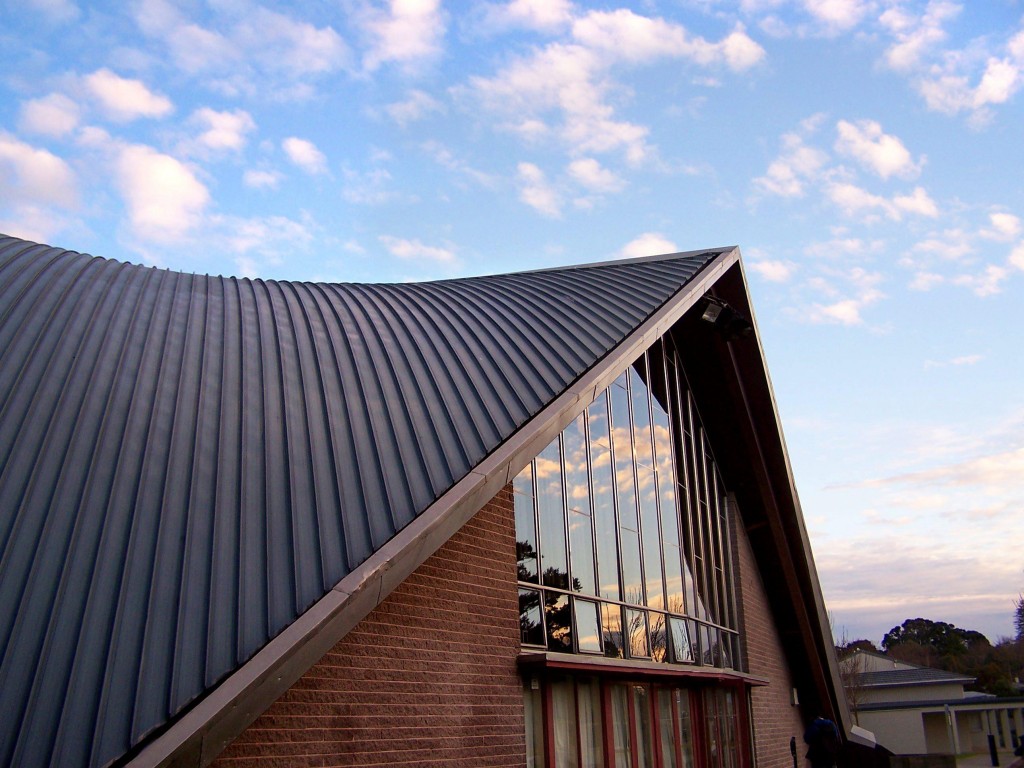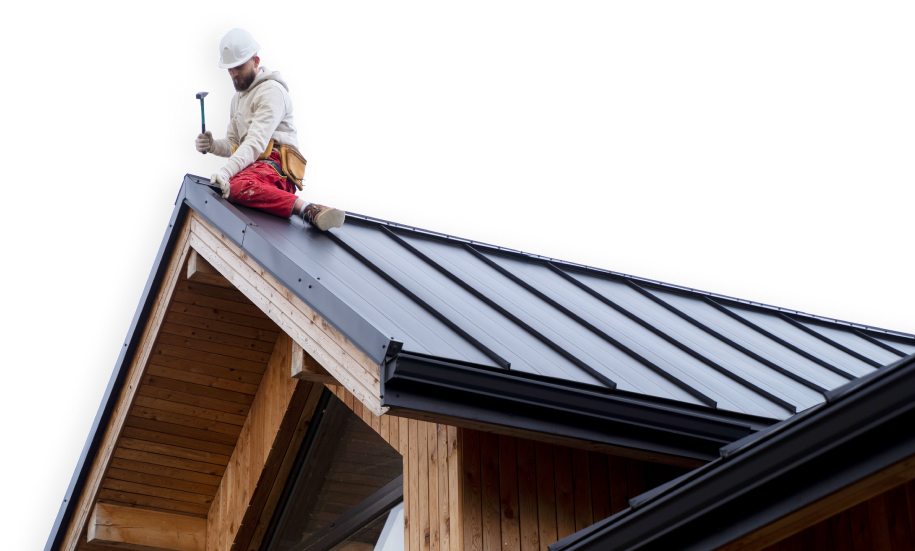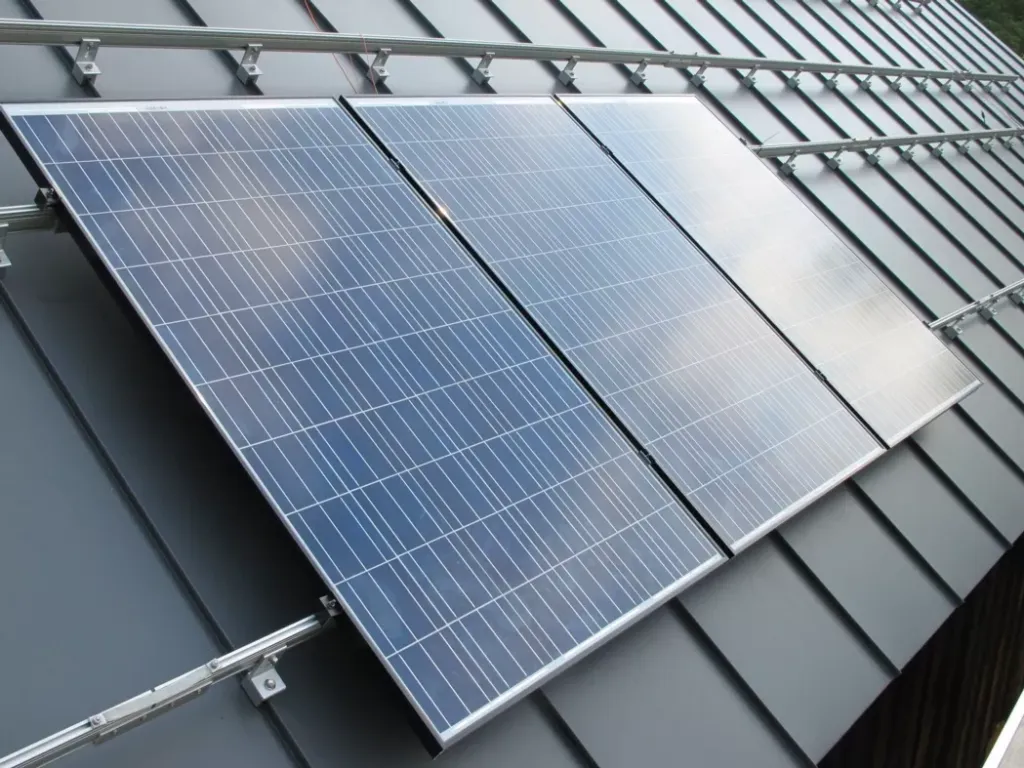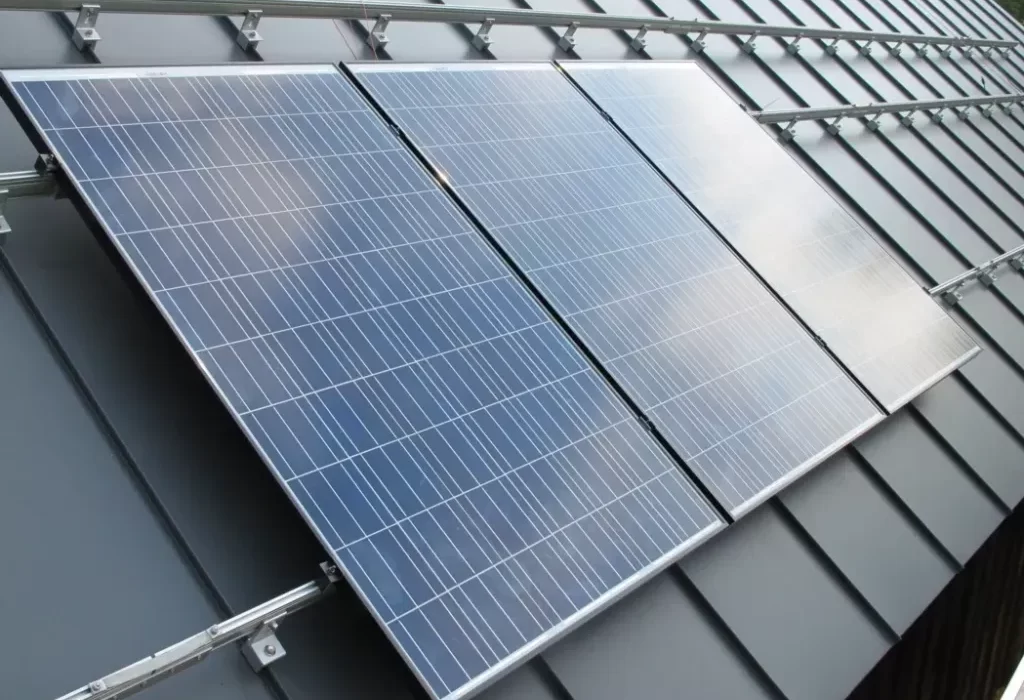In today’s world, where energy efficiency and sustainability are more than just buzzwords, homeowners are increasingly exploring options that not only reduce utility bills but also contribute positively to the environment. One such option gaining significant attention is metal roofing. But the pressing questions remain: Will investing in a metal roof lead to substantial cost savings? And does it genuinely benefit your community by reducing overall energy consumption? Let’s delve into these questions with the most recent data and insights as of 2025.

1. Financial Benefits:
Does a Metal Roof Truly Save Me Money?
The initial investment in a metal roof is undeniably higher than traditional materials like asphalt shingles.However, this upfront cost is offset by several long-term financial advantages:
- Energy Efficiency and Reduced Cooling Costs:
Metal roofs are designed with reflective properties that deflect a significant portion of the sun’s rays.This reflection minimizes heat absorption, leading to cooler indoor temperatures during warmer months. Studies have shown that homes with metal roofs can experience a reduction in cooling costs by up to 40%. - Durability and Longevity:
Metal roofs boast an impressive lifespan, often lasting between 40 to 80 years, which is two to three times longer than traditional asphalt shingles. This longevity means fewer replacements and repairs, translating to long-term savings. - Increased Property Value:
Homes equipped with metal roofs often see an appreciation in property value. Prospective buyers recognize the benefits of metal roofing, making such homes more attractive in the real estate market. This can result in a return on investment ranging from 85-95% of the installation cost.

2. Environmental Impact:
How Does My Metal Roof Benefit the Community?
Beyond personal financial gains, installing a metal roof has broader environmental implications that positively affect the community:
- Mitigating the Urban Heat Island Effect:
Urban areas often experience elevated temperatures due to heat absorption by buildings and pavements, a phenomenon known as the urban heat island effect. Metal roofs, especially those with cool roof coatings, reflect more sunlight and absorb less heat, thereby reducing surrounding air temperatures. This contributes to cooler urban environments and lessens the strain on local power grids. - Sustainability and Recyclability:
Metal roofing materials are often made from recycled content and are 100% recyclable at the end of their lifespan.This reduces landfill waste and promotes a circular economy. In contrast, traditional roofing materials contribute significantly to construction waste. - Enhanced Air Quality:
By decreasing the need for air conditioning, metal roofs reduce the emission of greenhouse gases and other pollutants from power plants. Additionally, cooler urban temperatures can slow the formation of ground-level ozone, leading to improved air quality.

3. Technological Advancements in Metal Roofing 2025
The year 2025 has seen notable innovations in metal roofing that further enhance its appeal:
- Cool Roof Coatings:
Modern metal roofs are often treated with specialized cool roof coatings that enhance their reflective properties.These coatings can significantly reduce roof surface temperatures, leading to decreased heat transfer into the building and further lowering cooling costs. - Integration with Solar Technology:
Metal roofs now offer seamless integration with solar panels, allowing homeowners to harness renewable energy efficiently. This combination amplifies energy savings and reduces reliance on non-renewable energy sources. - Enhanced Aesthetic Options:
Gone are the days when metal roofs were limited to industrial looks. The latest trends include a variety of colors, textures, and finishes that cater to diverse architectural styles, ensuring that homeowners don’t have to compromise on aesthetics for functionality.

Conclusion
Investing in a metal roof in 2025 is not merely a trend but a strategic decision that offers substantial financial savings and environmental benefits. While the initial costs may be higher, the long-term reductions in energy bills, coupled with the roof’s durability and positive community impact, make it a compelling choice for homeowners. As technological advancements continue to enhance the features of metal roofing, it stands out as a forward-thinking solution for those aiming to combine economic prudence with environmental responsibility.

